Home>Dining>Tableware>How Long Should A Tablecloth Hang Over The Table?
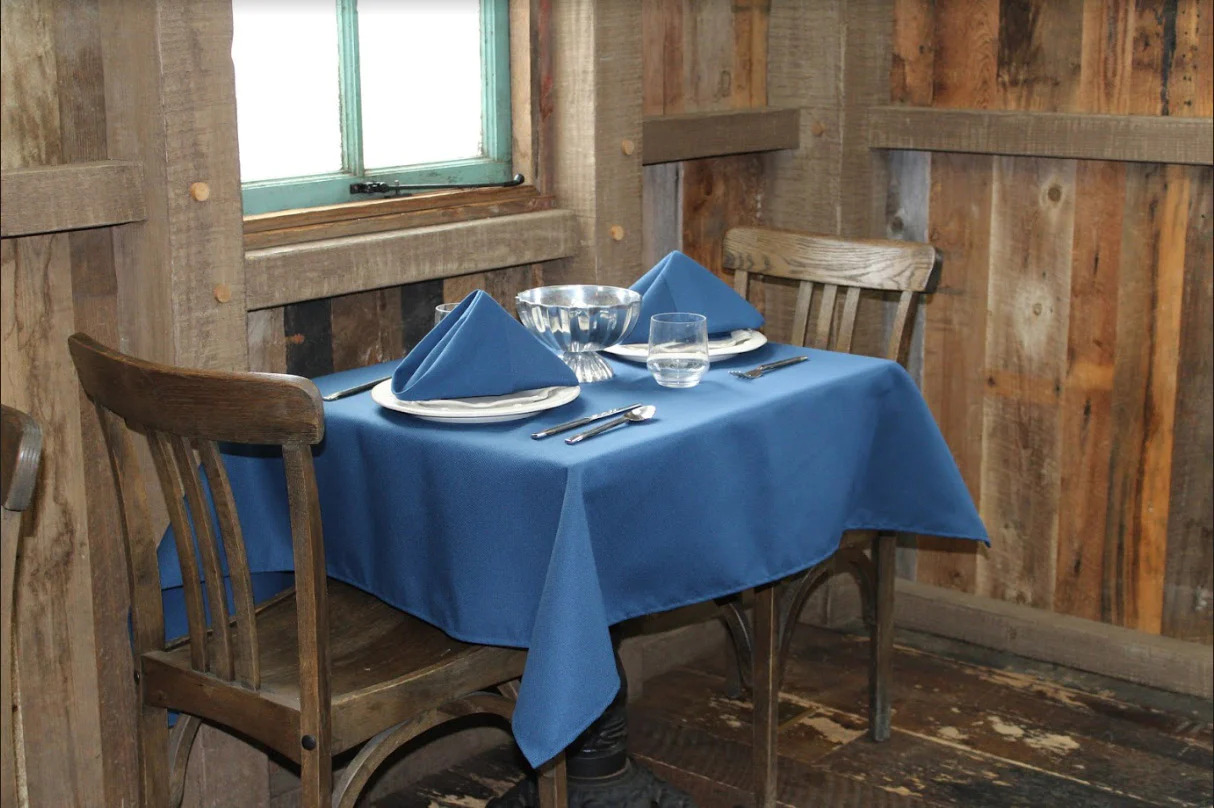

Tableware
How Long Should A Tablecloth Hang Over The Table?
Modified: December 7, 2023
Ensure your tableware looks perfect with a tablecloth that hangs just right. Discover the ideal length for your tablecloth to achieve a polished and elegant dining setup.
(Many of the links in this article redirect to a specific reviewed product. Your purchase of these products through affiliate links helps to generate commission for Storables.com, at no extra cost. Learn more)
Introduction
Choosing the right tablecloth length is essential for creating an aesthetically pleasing table setting. The length of the tablecloth determines how it hangs over the table, and finding the perfect overhang measurement can significantly enhance the overall look and feel of your dining area. While personal preferences may vary, there are certain factors you should consider to ensure your tablecloth is the ideal length for your table.
In this article, we will explore the various factors to consider when choosing the length of a tablecloth. We will discuss the standard tablecloth overhang measurements, the pros and cons of shorter and longer overhangs, and provide tips for measuring the perfect tablecloth overhang. Whether you’re hosting a formal dinner or a casual gathering, understanding the nuances of tablecloth length will help you create a visually stunning table arrangement that is both functional and stylish.
Key Takeaways:
- Choose a tablecloth length that complements your table’s dimensions and the desired ambiance. Consider factors like table size, shape, and occasion to create a visually stunning and functional table setting.
- Balance functionality and style when deciding on a shorter or longer tablecloth overhang. Shorter overhangs offer convenience and modern flair, while longer overhangs exude elegance and formality. Consider your preferences and the occasion to make the right choice.
Factors to Consider when Choosing the Length of a Tablecloth
When choosing the length of a tablecloth, it’s important to consider a few key factors to ensure it matches your table and desired aesthetic. Here are some factors to keep in mind:
- Table Size: The size of your table is the primary factor to consider when determining the length of a tablecloth. Measure the length and width of your table to get accurate dimensions and ensure that the tablecloth will fully cover the surface.
- Table Shape: Different table shapes require different tablecloth lengths. For rectangular and oval tables, the tablecloth should hang down evenly on all sides. For round tables, it’s typical for the tablecloth to hang down about halfway between the tabletop and the floor.
- Table Height: The height of your table is another important consideration. If your table is higher than average, you may need a longer tablecloth to achieve an elegant drape. Conversely, if your table is lower, a shorter tablecloth may be more suitable.
- Occasion and Style: Consider the occasion and the style you want to achieve. Formal events often call for longer tablecloths, while casual gatherings may allow for shorter overhangs. You may also want to consider the overall theme or color scheme of your dining area to ensure the tablecloth complements the decor.
- Functionality: Think about how your table will be used. If you expect spills or messes, it may be practical to choose a slightly shorter tablecloth that won’t touch the floor, making it easier to clean. On the other hand, if you want to create an elegant and luxurious ambiance, a longer tablecloth that drapes to the floor can add a touch of sophistication.
By taking these factors into account, you can make an informed decision about the appropriate length for your tablecloth. It’s all about finding the balance between functionality, style, and creating an inviting atmosphere for your guests.
Standard Tablecloth Overhang Measurements
While there are no set rules when it comes to tablecloth length, there are some standard overhang measurements that can serve as a starting point. These measurements can vary depending on the shape and size of your table. Here are some general guidelines:
- Rectangular and Oval Tables: For rectangular and oval tables, the standard overhang measurement is usually around 10 to 12 inches (25 to 30 cm) on each side. This allows the tablecloth to hang down gracefully without touching the floor and provides ample coverage for the table’s surface.
- Round Tables: For round tables, the standard overhang measurement is typically around 6 to 8 inches (15 to 20 cm). This shorter overhang helps prevent the tablecloth from bunching up or interfering with guests’ legs while still adding a touch of elegance to the table setting.
- Square Tables: Square tables generally follow the same guidelines as rectangular tables, with an overhang of about 10 to 12 inches (25 to 30 cm) on each side. However, if you prefer a more casual and relaxed look, you can opt for a shorter overhang of 6 to 8 inches (15 to 20 cm).
These standard measurements provide a good starting point, but keep in mind that personal preferences and the overall look you want to achieve can influence the final length of the tablecloth. Ultimately, it’s important to choose a length that suits your table’s dimensions and complements the style and function of your dining area.
Shorter Tablecloth Overhangs: Pros and Cons
Opting for a shorter tablecloth overhang can have its advantages and disadvantages. Let’s explore the pros and cons of choosing a shorter length:
- Pros:
- Avoiding tripping hazards: With a shorter overhang, the tablecloth won’t touch the floor, reducing the risk of guests tripping over it. This is especially important if you have children or elderly individuals in your home.
- Easier cleaning: Since a shorter tablecloth doesn’t reach the floor, it’s less likely to get dirty or stained. This makes cleanup after meals or events much easier and can save you time and effort.
- Showcasing table legs: If your table has beautiful legs or intricate designs, a shorter tablecloth allows you to showcase them and add an extra touch of style to your dining area.
- A modern and casual look: Shorter overhangs can give your table a more contemporary and relaxed look. This style is well-suited for everyday use and informal gatherings.
- Cons:
- Lack of formality: If you’re hosting a formal event or want to create an elegant and sophisticated ambiance, a shorter tablecloth may not be the best choice. Longer tablecloth overhangs often exude a more formal and grandeur feel.
- Less coverage: A shorter overhang may not provide complete coverage for the table’s surface, leaving some edges and corners exposed. This can be a concern if you’re trying to protect your table from scratches or spills.
- Minimal draping effect: A shorter overhang doesn’t offer the same luxurious draping effect as a longer overhang. If you desire a more decorative and opulent look, a longer tablecloth may be more suitable.
Considering these factors will help you decide whether a shorter tablecloth overhang aligns with your preferences and the specific occasion or style you have in mind. Balancing functionality and aesthetics is key to selecting the perfect tablecloth length for your needs.
A tablecloth should hang about 10-12 inches over the edge of the table to create an elegant and practical look. This allows for easy placement of chairs without the cloth dragging on the floor.
Longer Tablecloth Overhangs: Pros and Cons
Choosing a longer tablecloth overhang can create a different visual impact and atmosphere. Let’s explore the pros and cons of opting for a longer overhang:
- Pros:
- Elevated elegance: A longer tablecloth overhang adds a touch of elegance and sophistication to your table setting. It creates a more formal and luxurious ambiance, perfect for special occasions and formal events.
- Complete coverage: With a longer overhang, you can ensure that the entire table’s surface is covered, providing protection against scratches, stains, and spills. This is especially beneficial if you have a valuable or delicate tabletop.
- Draping and flowing effect: A longer tablecloth overhang allows for a beautiful draping effect, creating graceful lines and adding a sense of movement to the tablecloth. This enhances the overall aesthetics and can make your dining area look more visually appealing.
- Traditional and classic style: Longer tablecloth overhangs have long been associated with traditional and classic table styling. If you appreciate a timeless and refined look, a longer overhang can help you achieve that.
- Cons:
- Increased maintenance: A longer overhang is more susceptible to dirt, stains, and gathering debris from the floor. This means you may need to clean or launder the tablecloth more frequently and be cautious of spills during meals or events.
- Potential tripping hazard: The longer the overhang, the higher the risk of someone accidentally tripping over the tablecloth. This can be a concern if you have children or elderly individuals in your home.
- Less casual vibe: Longer overhangs are typically associated with formal settings, so if you prefer a more casual and relaxed atmosphere, a shorter tablecloth overhang may be a better choice.
Consider your personal style, the formality of the occasion, and the practicality of maintenance when deciding whether to opt for a longer tablecloth overhang. Understanding the pros and cons will help you make an informed choice that aligns with your preferences and requirements.
Read more: How To Hang Tablecloths From The Ceiling
Choosing the Right Tablecloth Length for Different Table Shapes
Table shape plays a crucial role in determining the appropriate tablecloth length. Here are some guidelines to help you select the right tablecloth length for different table shapes:
- Rectangular and Oval Tables: For these table shapes, opt for a tablecloth that provides a generous overhang on each side, typically around 10 to 12 inches (25 to 30 cm). This ensures that the tablecloth hangs down evenly and elegantly, creating a balanced and cohesive look.
- Round Tables: For round tables, the ideal tablecloth length is typically shorter than for rectangular or oval tables. Aim for an overhang of about 6 to 8 inches (15 to 20 cm) from the edge of the table. This allows the tablecloth to drape neatly without interfering with guests’ legs or the flow of conversation.
- Square Tables: Square tables can follow the same guidelines as rectangular or oval tables. Aim for an overhang of around 10 to 12 inches (25 to 30 cm) on each side. However, if you prefer a more casual and relaxed look, a shorter overhang of 6 to 8 inches (15 to 20 cm) can also work well.
Keep in mind that these are general recommendations, and you can adjust the length based on personal preference and the overall aesthetic you want to achieve. The goal is to create a visually pleasing table setting that complements the shape of your table and enhances the overall ambiance of your dining area.
Additionally, consider the height of your table when choosing the length of the tablecloth. Ensure that the overhang is appropriate for the table height, allowing for a graceful drape without overwhelming the table or obstructing the view of the guests.
By taking into account both the shape and height of your table, you can select a tablecloth length that perfectly suits your table and creates a visually appealing and inviting setting for any occasion.
Tips for Measuring the Perfect Tablecloth Overhang
Measuring the perfect tablecloth overhang is key to achieving a polished and appealing table setting. Here are some tips to help you measure the ideal overhang for your table:
- Measure the table dimensions: Start by measuring the length and width of your table using a tape measure. Note down these measurements as they will serve as the basis for determining the appropriate overhang.
- Determine the desired overhang: Consider the style and aesthetic you want to achieve. Decide whether you prefer a shorter or longer overhang based on your personal taste and the occasion. If you have a specific length in mind, make a note of it.
- Calculate the overhang measurement: To calculate the overhang, add twice the desired overhang length to both the length and width of the table. For example, if you want a 10-inch (25 cm) overhang, add 20 inches (50 cm) to the length and width of the table.
- Choose the right-sized tablecloth: Look for a tablecloth that matches or is slightly larger than the calculated measurements. This ensures that the tablecloth will fully cover the table’s surface and provide the desired overhang on all sides.
- Consider the table height: Take into account the height of your table when measuring the overhang. If your table is taller than average, you may want to add a few extra inches to the overhang to achieve an elegant drape that reaches the floor.
- Test before finalizing: Once you have chosen a tablecloth, drape it over the table and adjust it as needed. Walk around the table to ensure that the overhang is consistent and visually appealing from all angles. Make any necessary tweaks to achieve the desired look.
Remember, these tips serve as general guidelines, and personal preferences may vary. It’s important to choose a tablecloth length that you find visually pleasing and that complements the style and function of your dining area.
By following these tips and taking careful measurements, you can ensure that your tablecloth fits perfectly and creates a stunning table arrangement for any occasion.
Conclusion
Choosing the right length for your tablecloth is essential in creating a visually appealing and harmonious table setting. By considering factors such as table size, shape, height, occasion, and personal style, you can determine the perfect overhang measurement that suits your needs.
Standard tablecloth overhang measurements provide a useful starting point, with recommendations for different table shapes. However, it’s important to remember that personal preferences and the desired aesthetic also play a significant role in determining the ideal length.
Shorter tablecloth overhangs have their advantages in terms of convenience, ease of cleaning, and presenting table legs. On the other hand, longer overhangs exude elegance, complete coverage, and a traditional, formal style. Consider the pros and cons of each option to make an informed decision.
Measuring the perfect tablecloth overhang involves measuring your table’s dimensions accurately, accounting for the desired overhang length, and choosing a tablecloth size that matches the calculated measurements. Consider the height of your table for the right balance and visual appeal.
Ultimately, the goal is to create a table setting that reflects your personal style, enhances the ambiance of your dining area, and suits the occasion. Whether you’re hosting a formal dinner, a casual gathering, or simply enjoying a meal at home, the right tablecloth length can make a significant difference.
By keeping these considerations and tips in mind, you can confidently choose the ideal tablecloth length that brings your table setting to life and creates a welcoming environment for you and your guests.
Frequently Asked Questions about How Long Should A Tablecloth Hang Over The Table?
Was this page helpful?
At Storables.com, we guarantee accurate and reliable information. Our content, validated by Expert Board Contributors, is crafted following stringent Editorial Policies. We're committed to providing you with well-researched, expert-backed insights for all your informational needs.
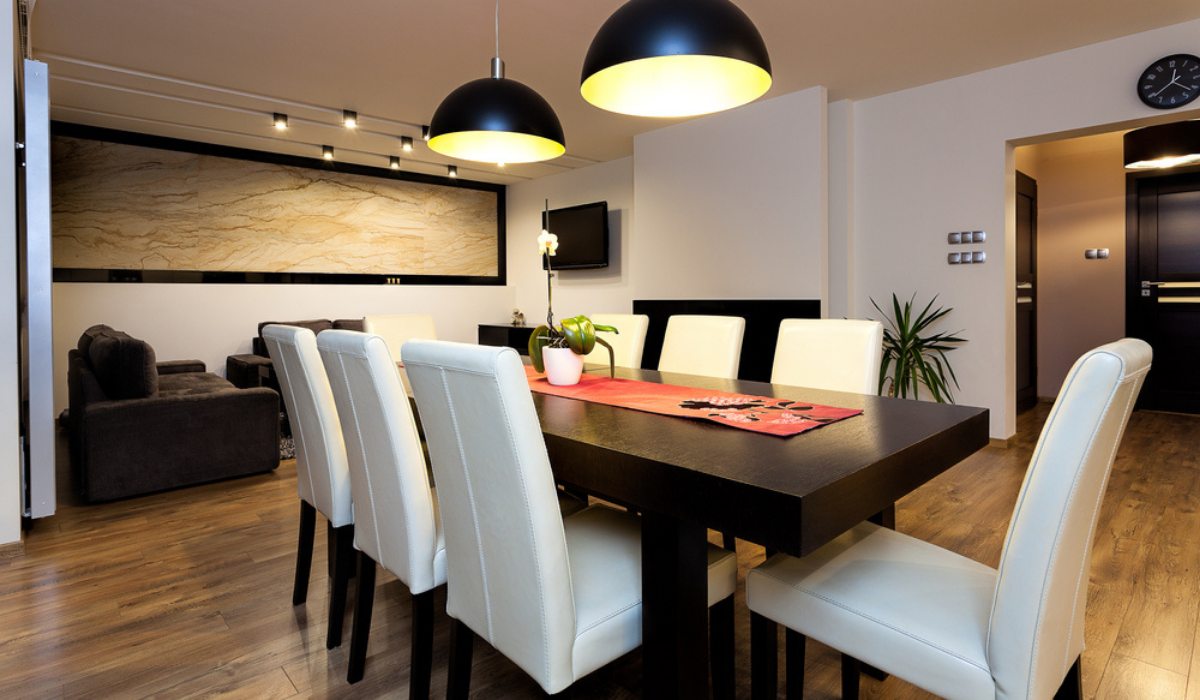
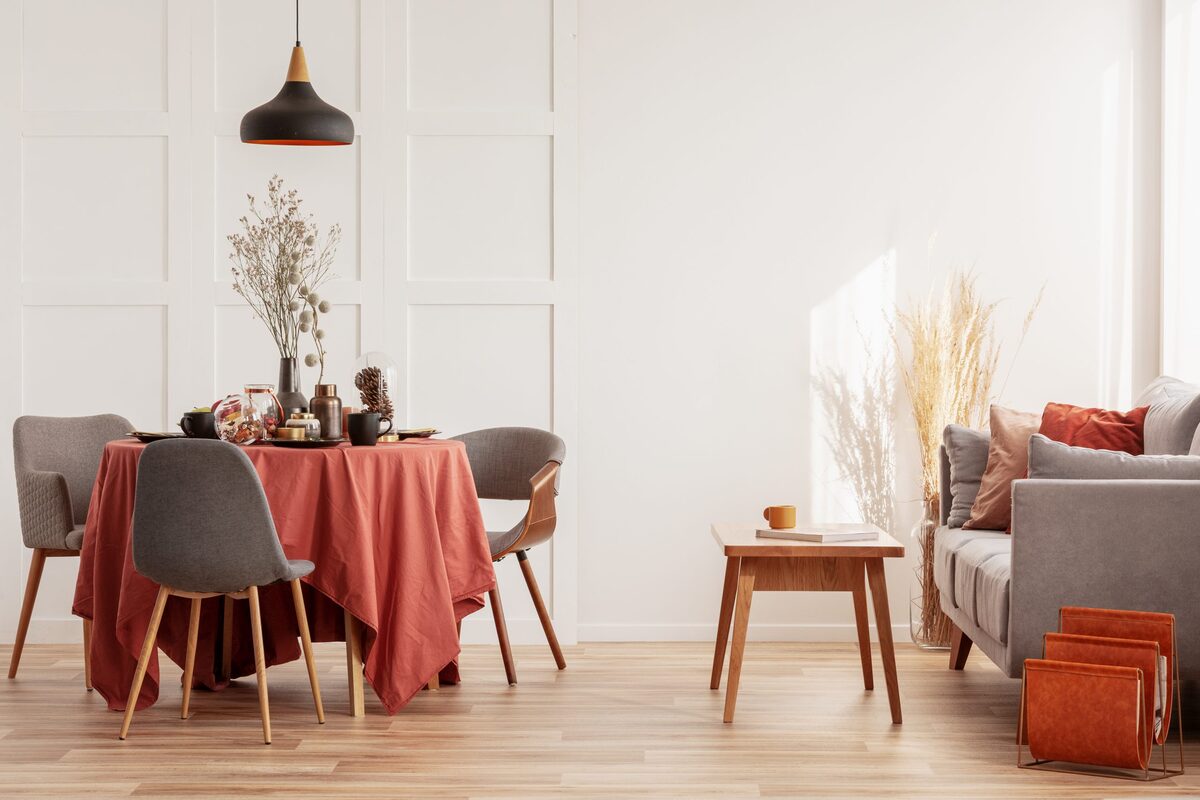
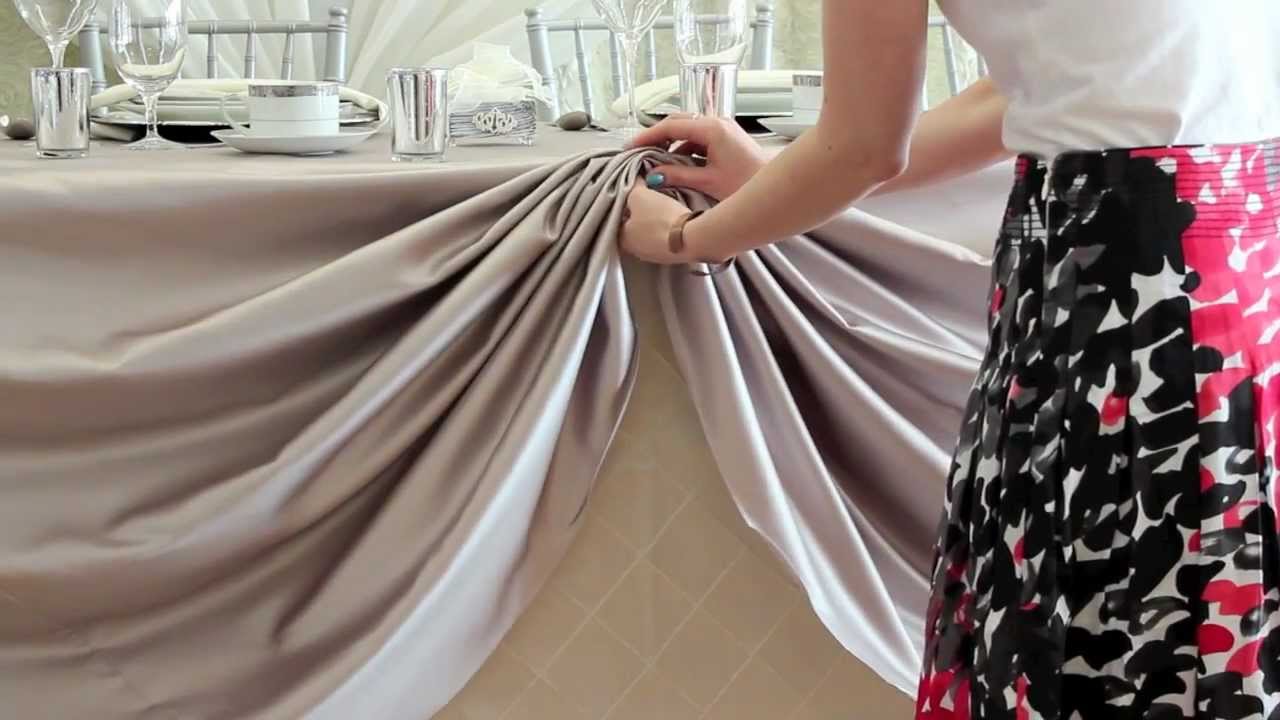
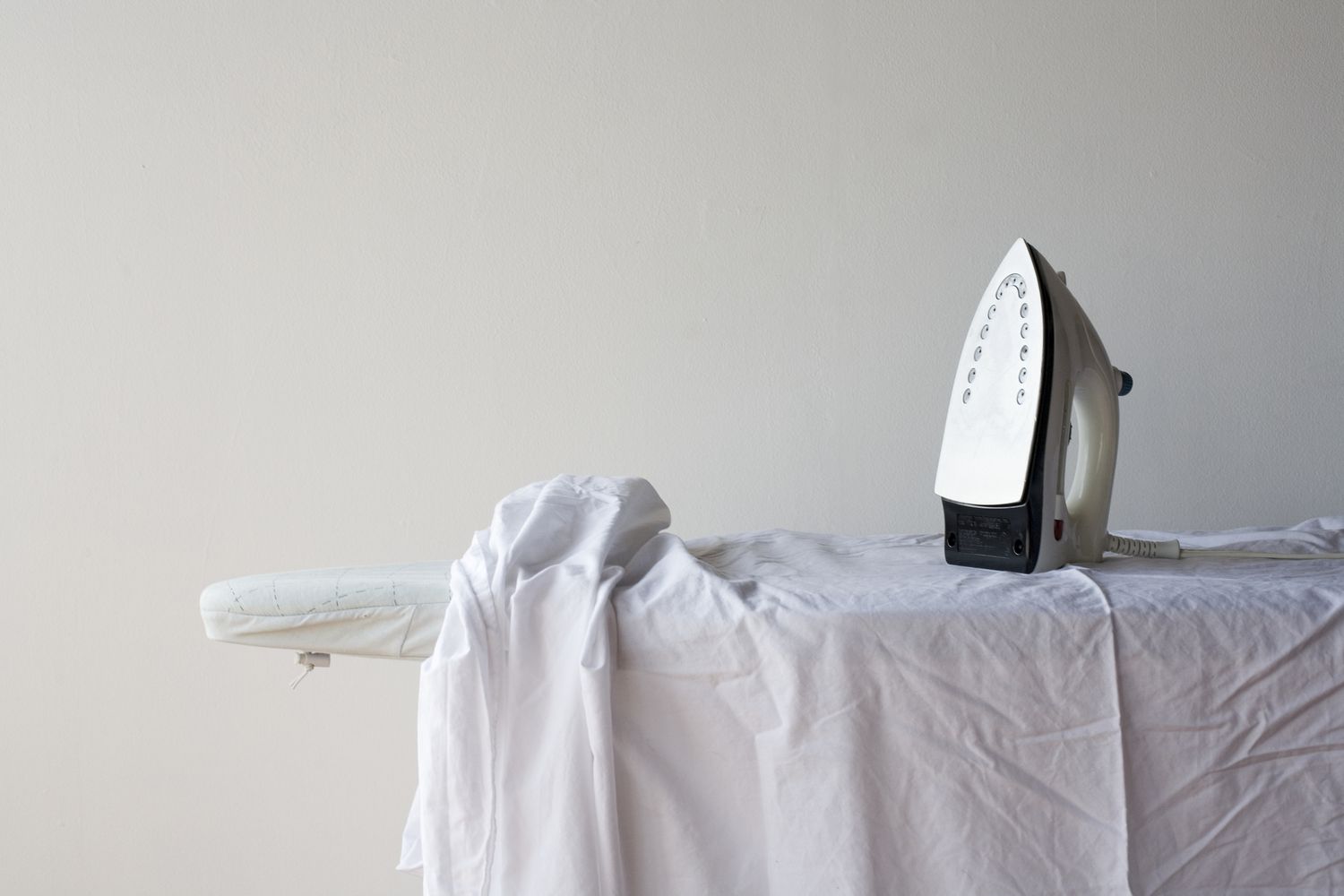
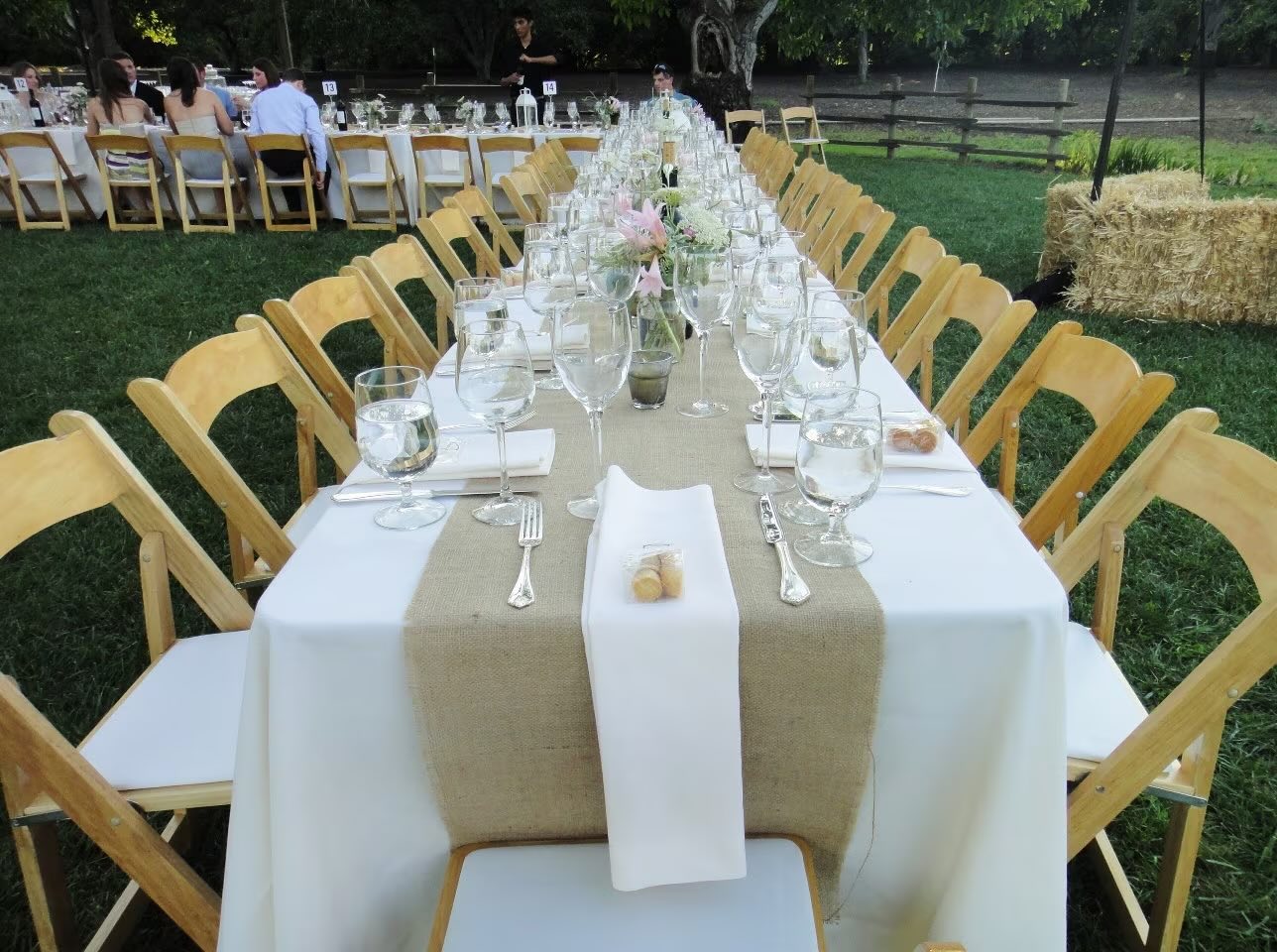
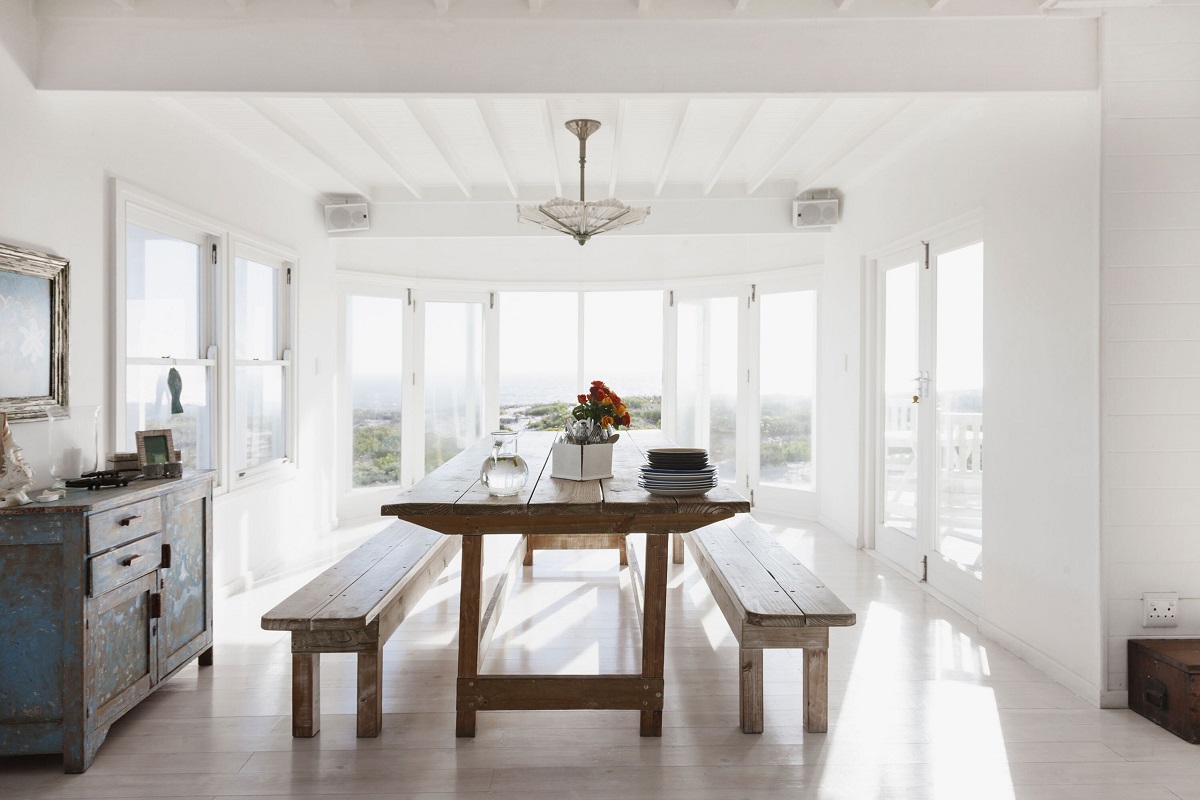
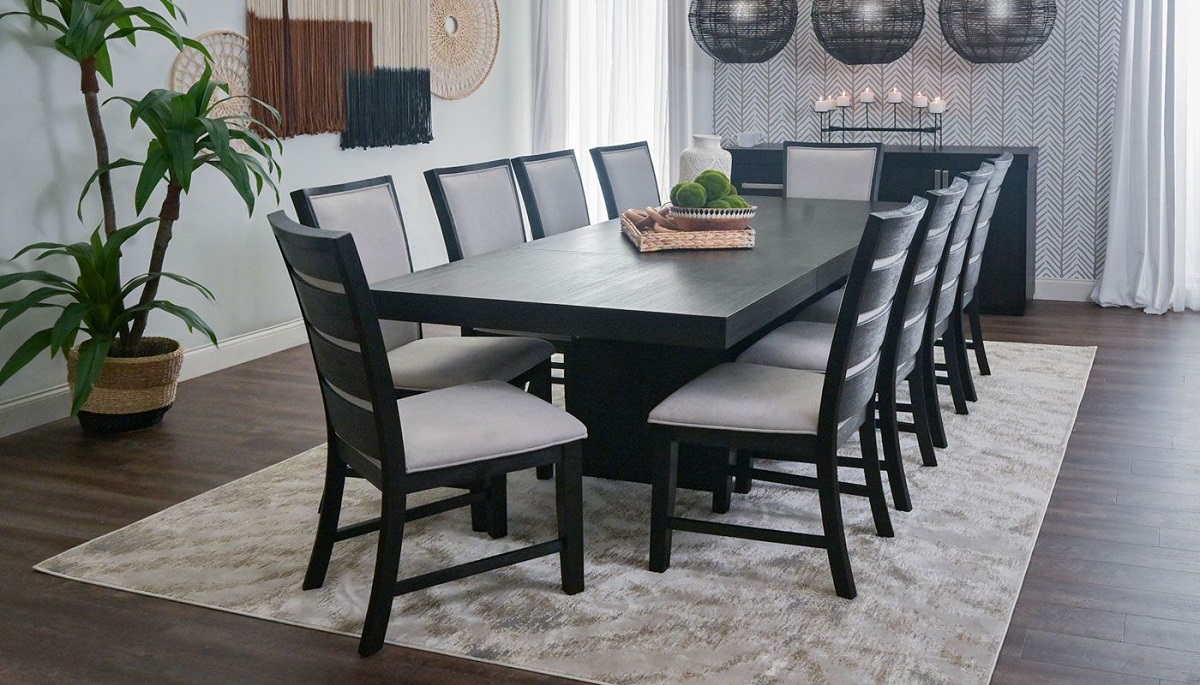
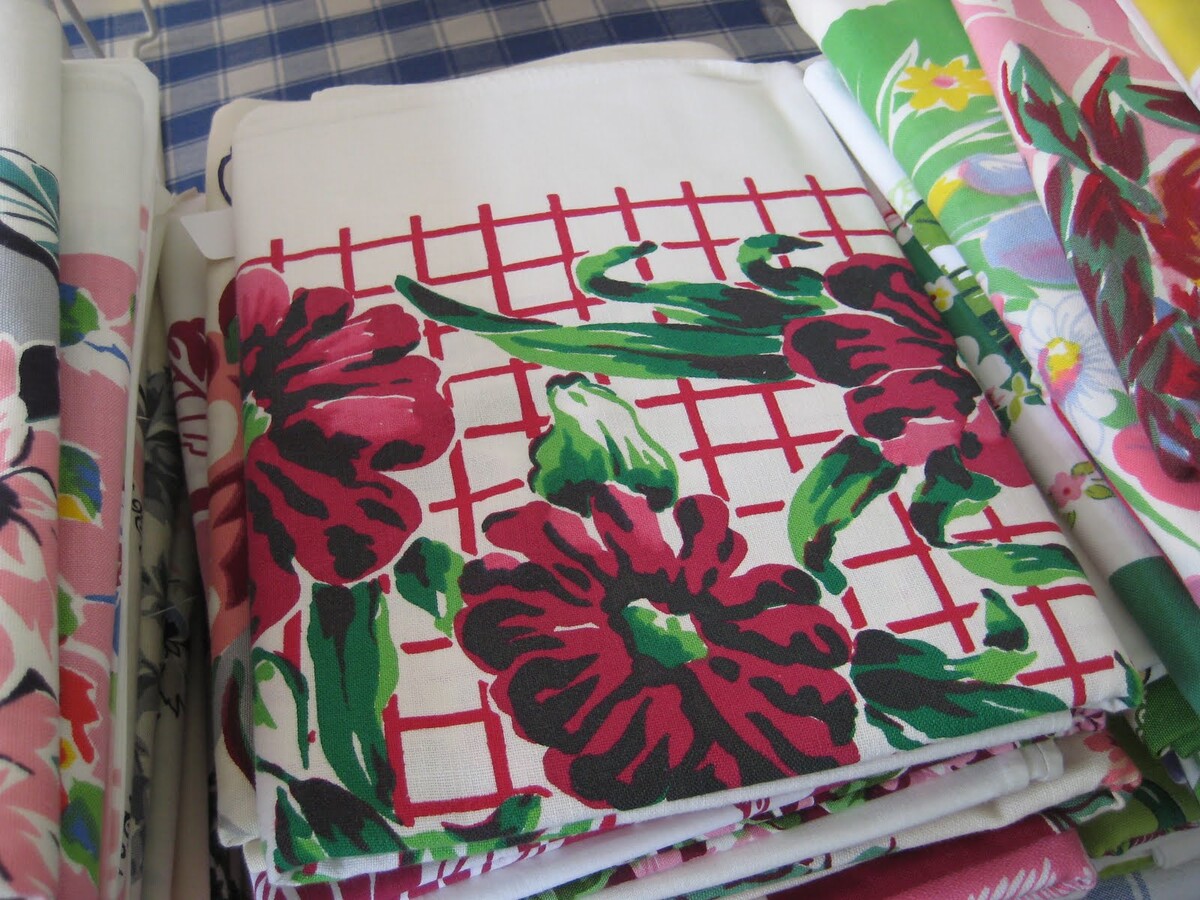
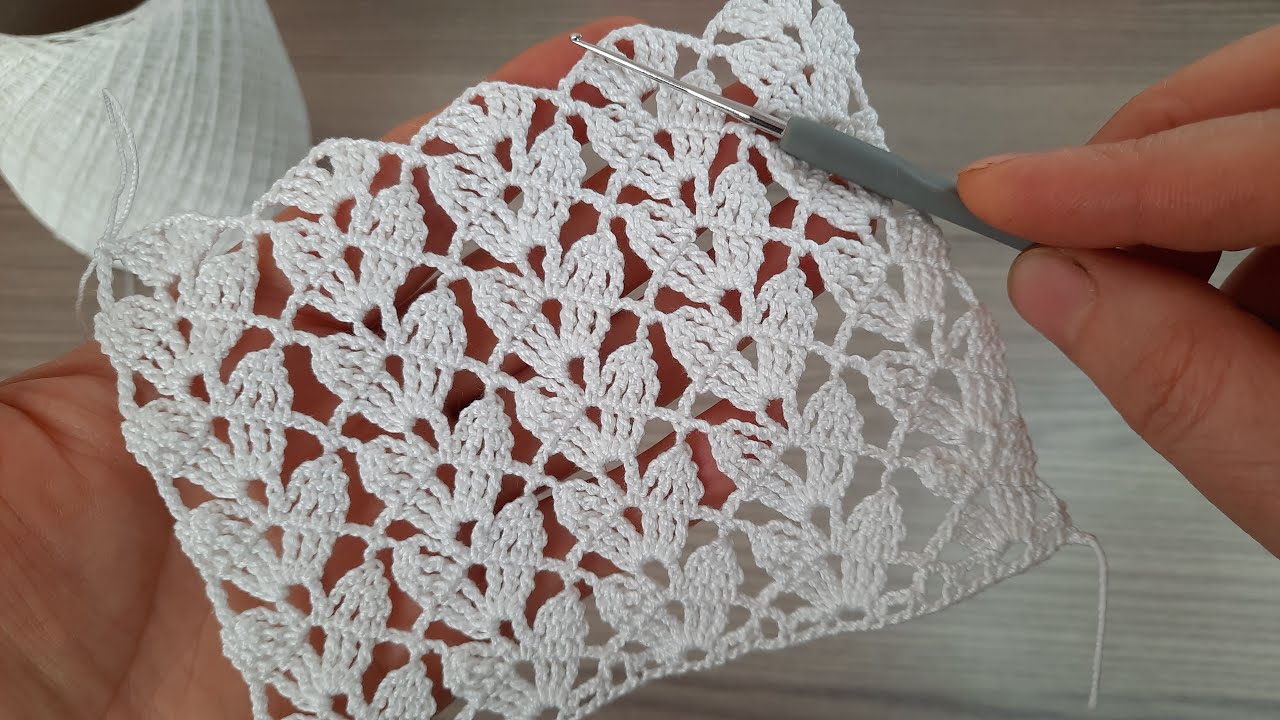
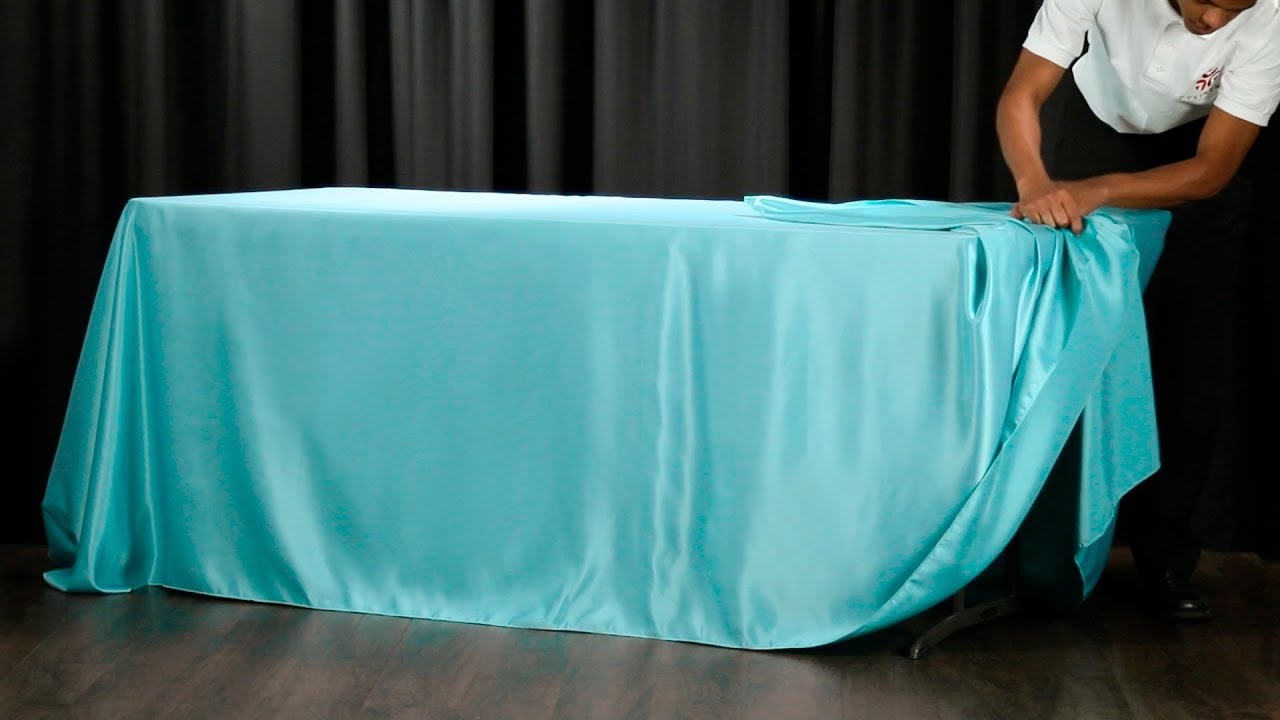
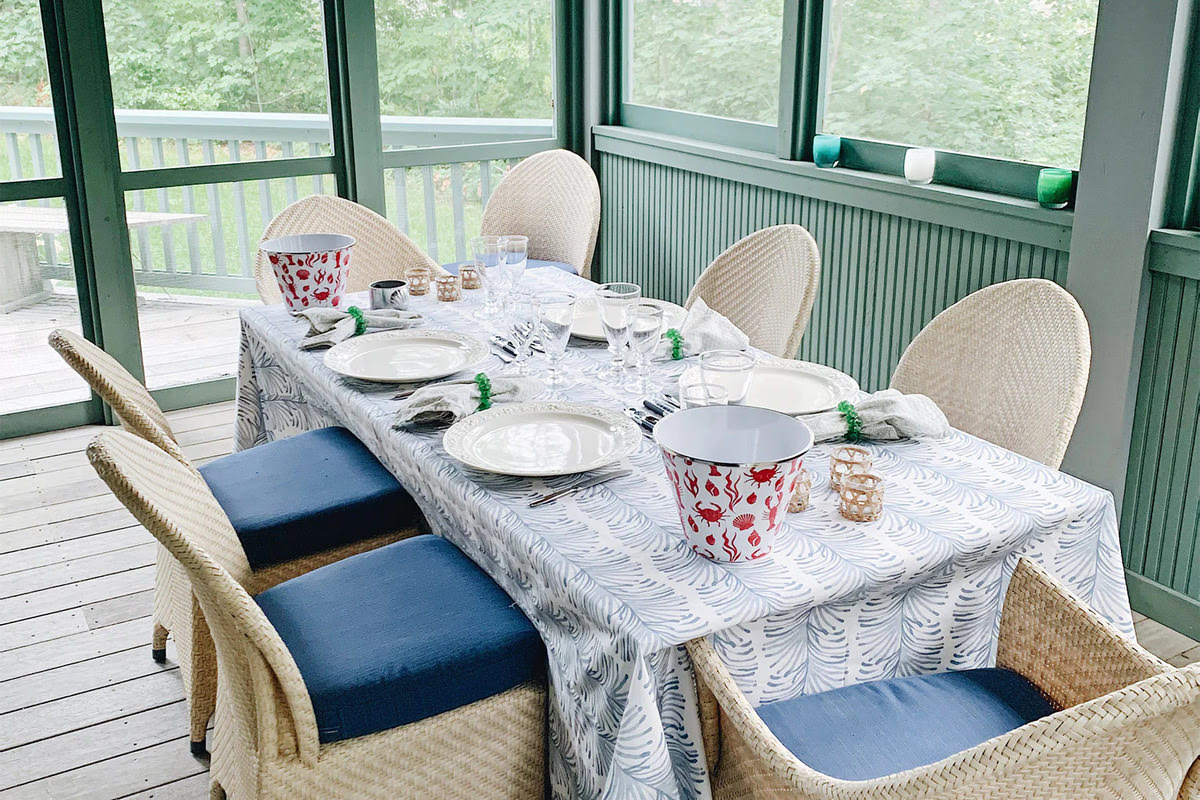
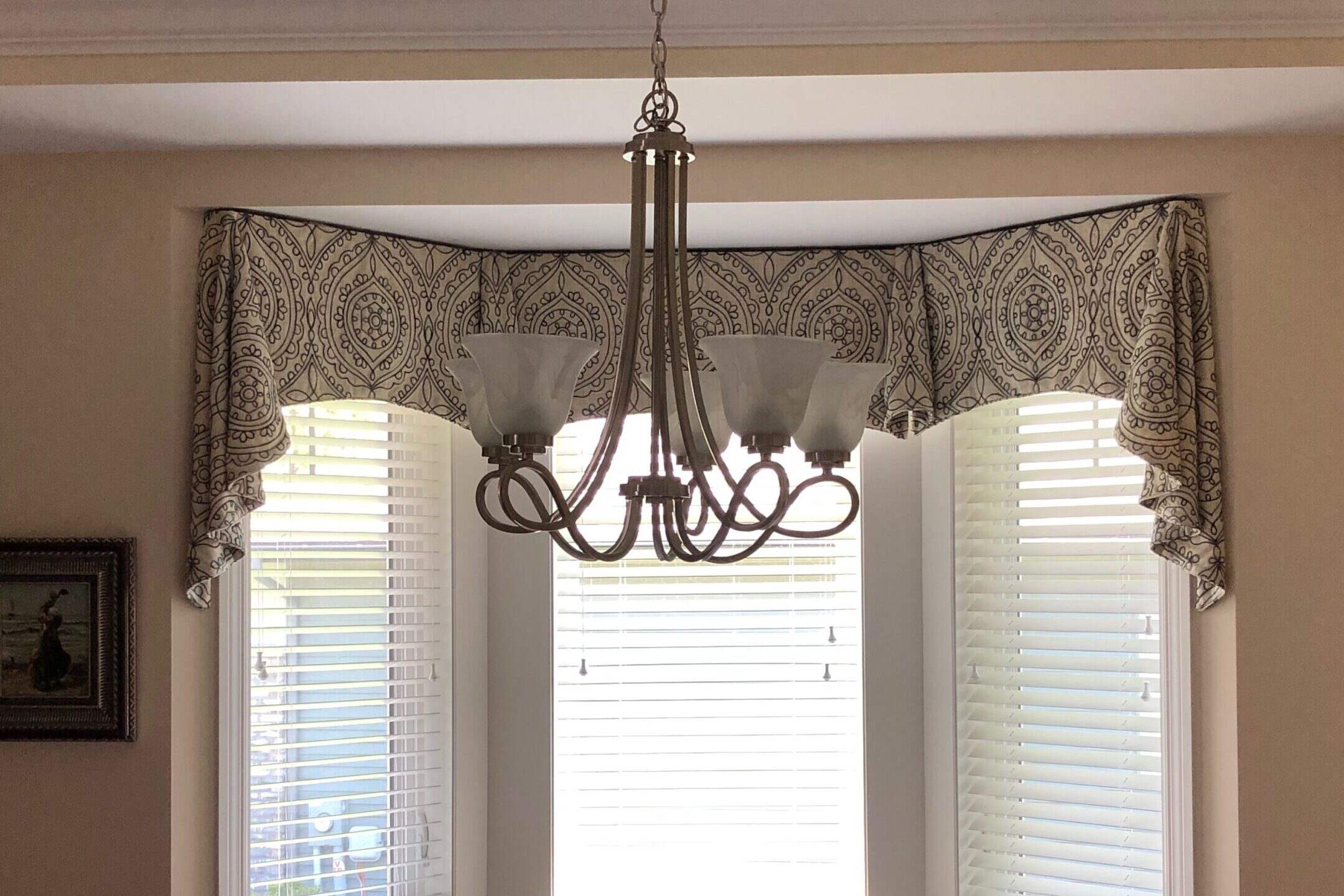
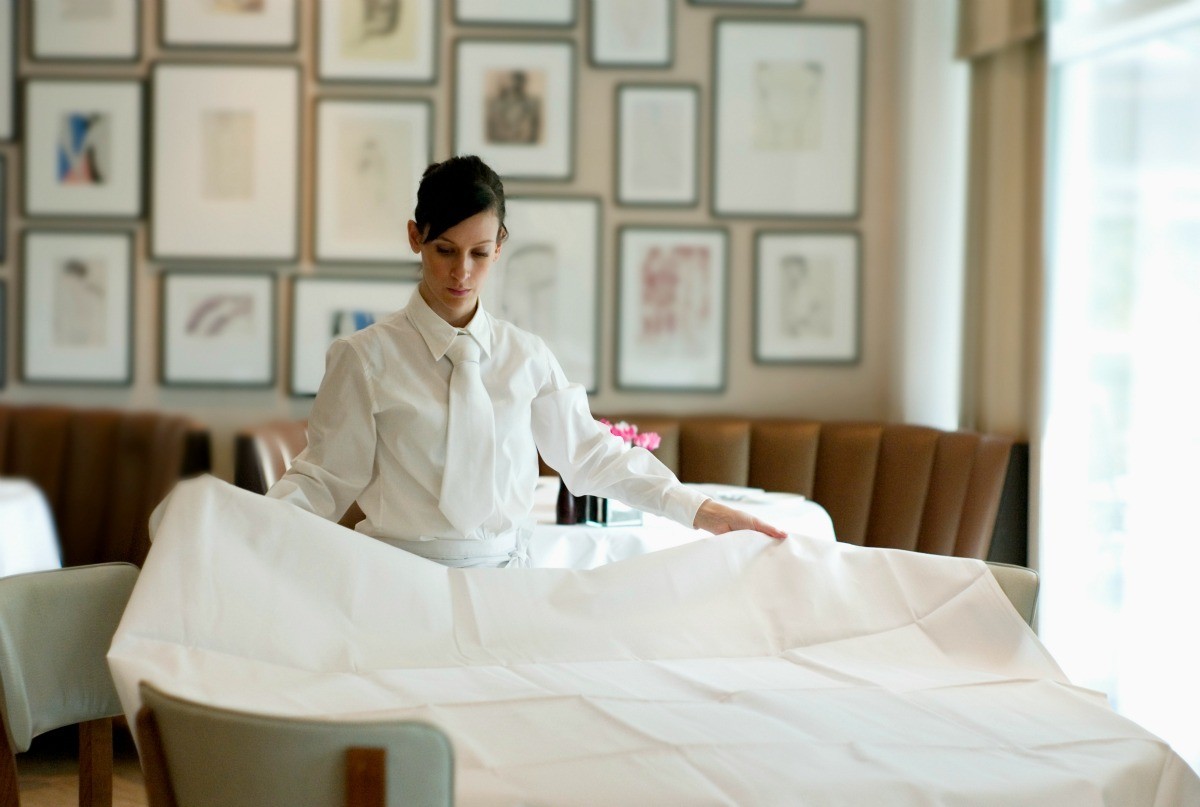
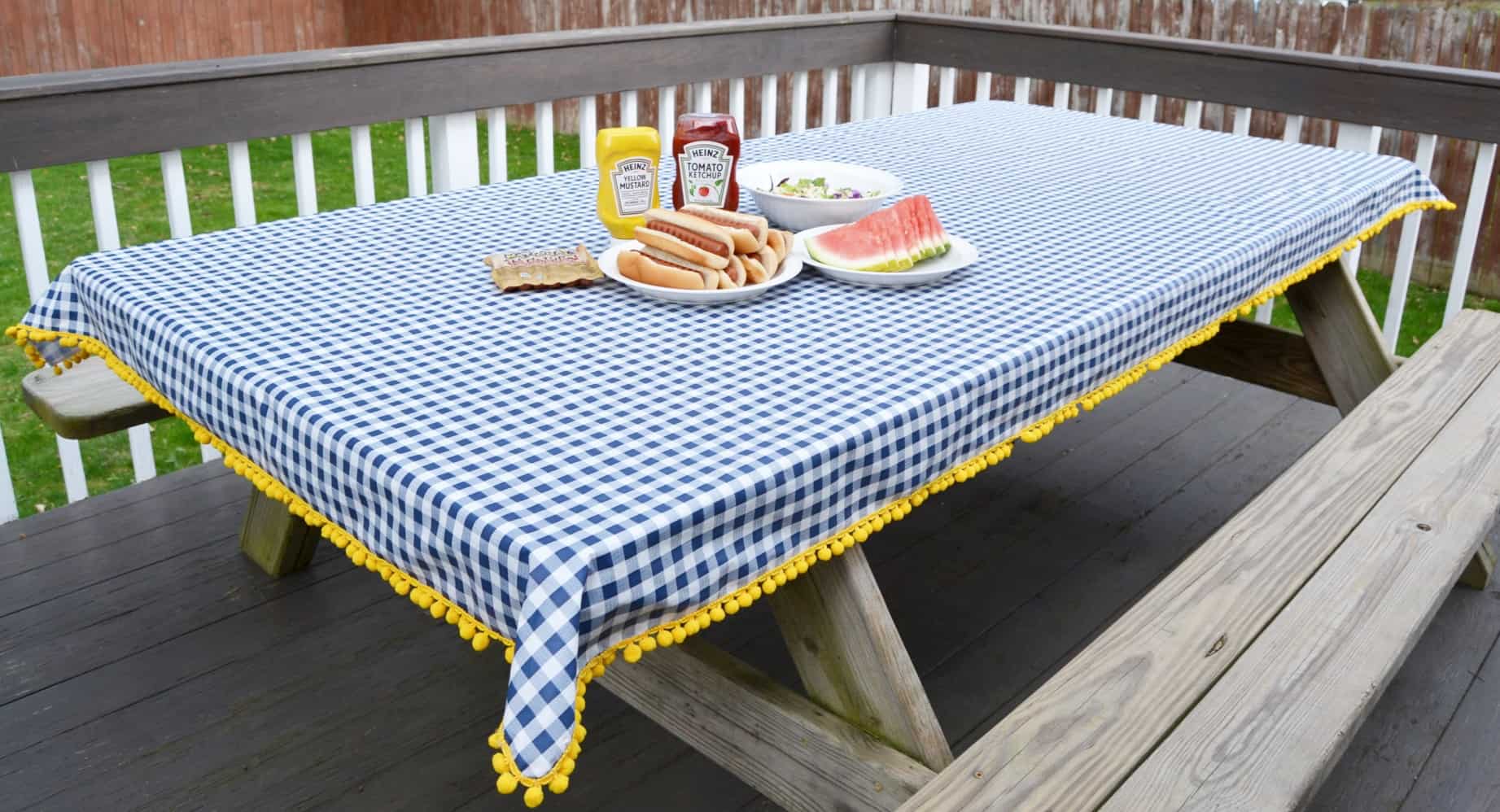

0 thoughts on “How Long Should A Tablecloth Hang Over The Table?”